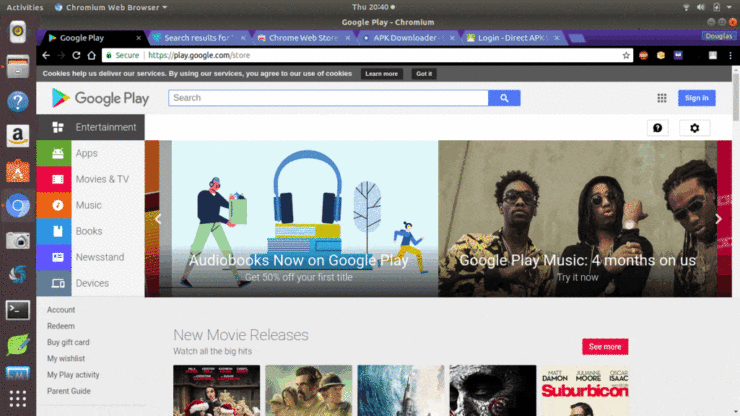

It’s tiny (it holds in your hand), cheap (some models under $40) and quiet (no fan required). But I’m also here to help absolute beginners, so I’ll give you a short introduction.Ī Raspberry Pi in a single board computer, not powerful but with other strengths. If you are on this website, with this project idea, you should know already what a Raspberry Pi is.


Introductionīefore getting started, I need to clarify a few things for this tutorial. It’s awesome, they just created what was missing to use a Raspberry Pi as a media center. I’ll try to answer all questions you could possibly ask about this, from the OS download to how to play your favorite video or song in the media player.īy the way, if you want to use a universal remote with Kodi on Raspberry Pi, you’ll need that USB receiver from Flirc (Amazon). In this post, I’ll show you how to install OSMC and start using Kodi. It can be flashed on a SD card with the installation wizard or by downloading the latest image for your Raspberry Pi model. OSMC is a lightweight Linux distribution, created especially to run Kodi on Raspberry Pi. Raspberry Pi is the best hardware to do this for cheap, and Kodi is the software solution to go with it. What else do you need to build a media center? If you are new to Kodi, you can check out our detailed article on how to use it to get started with it.Nowadays, we often use the Raspberry Pi for everything and anything.īut what are the strengths of a Raspberry Pi? Small size, low-energy consumption and absolute silence. If nothing helps, you may as well try using a heat sink. Also, make sure to have a case that doesn’t obstruct the air circulation. You can always monitor the Pi’s temperature by going into Kodi’s settings.

While I didn’t notice any abnormal temperature rise, some people in the community certainly have. There might be occasional stutter in the interface when you’re trying to play a high-quality video, but I experienced little to no frame rate drops. The Pi also has an Ethernet port, so you can do with wired Internet connection, too. I was able to connect to the WiFi and browse for add-ons. The Pi’s 1.2 GHz CPU and 1 GB of RAM made for a smooth experience on Kodi. In my limited testing, I was able to get Kodi working flawlessly on the Raspberry Pi 3. If for some reason, you’re looking for an alternative to OSMC, you can also try OpenELEC. As you can see, installing Kodi on Raspberry Pi using OSMC is quite easy.


 0 kommentar(er)
0 kommentar(er)
